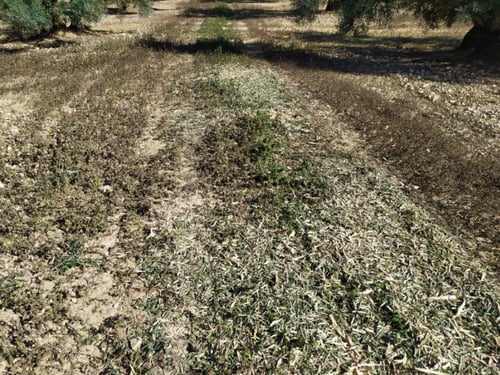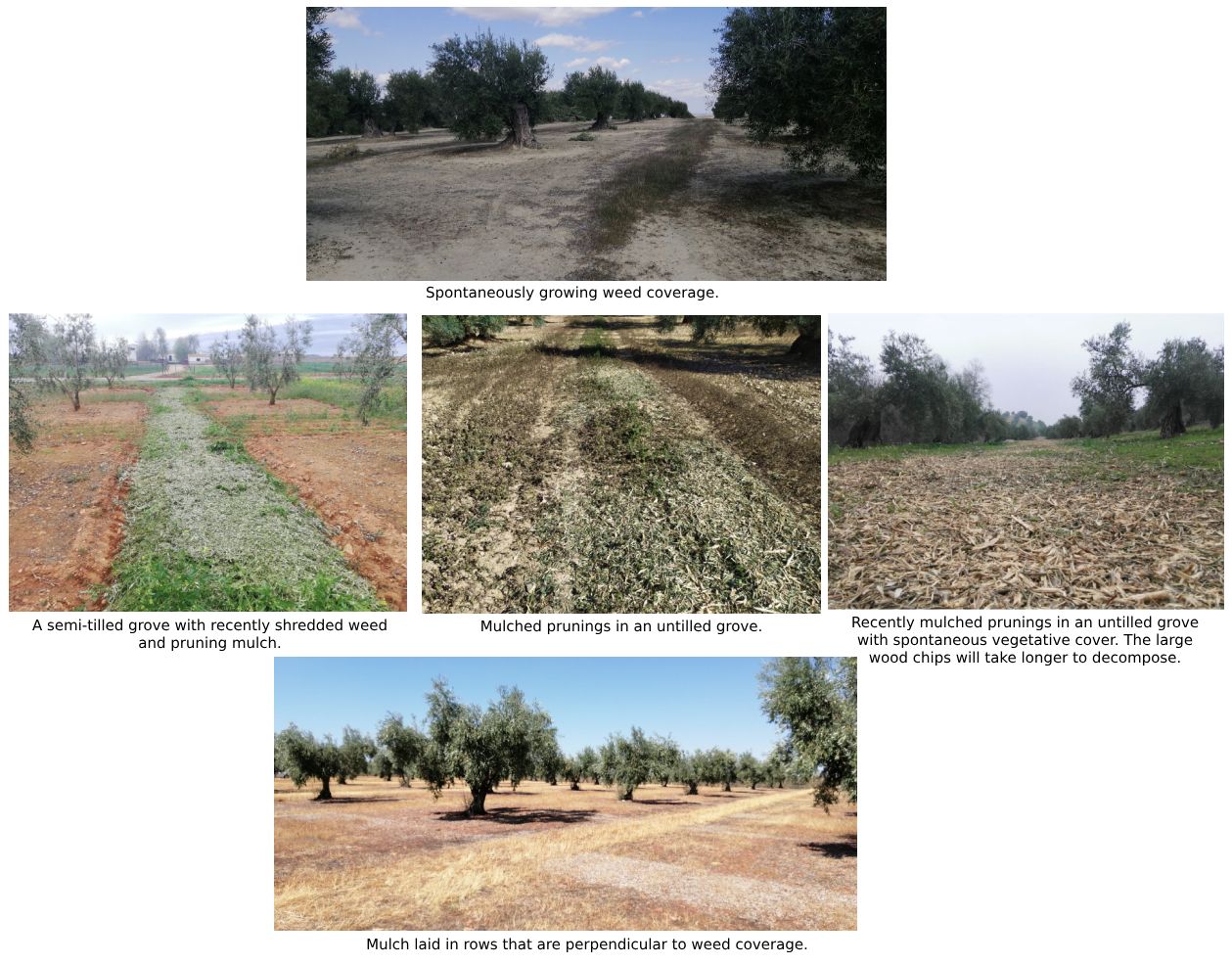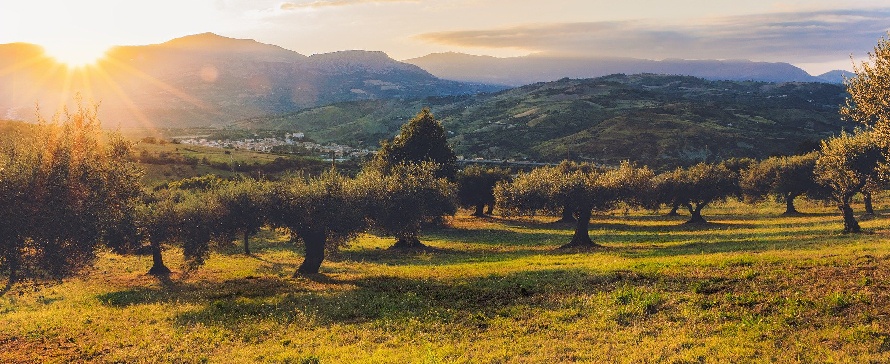Listen to this article
Olive tree mulch has proportionately more carbon and less nitrogen than what there is in the totally decomposed humus content of soil. Especially the wood, which is almost entirely cellulose.
The microbes in the soil decompose the mulch we have added to the grove, which gives off carbon dioxide into the atmosphere, which increases the number of microbes in the soil and ends up leaving humic and fulvic acids — valuable organic matter —in the soil. The “bodies” of the microbes and the humic and fulvic acids have more nitrogen relative to carbon than mulch.
The velocity at which microbes can decompose the mulch depends on how close it is to the nitrogen/carbon ratio of its cells and of the humic substances. In order to decompose the mulch, the microbes take up nitrogen from their surroundings.
They sequester the nitrogen temporarily in their cells and in the humic substances, and when the microbes die and the humic substances completely decompose, that nitrogen goes back to the soil and can be re-assimilated. Therefore, the shredded mulch, in the short run, sequesters nitrogen, but in the medium and long run, it brings valuable humic substances and nutrients that can be assimilated.
The nitrogen is taken from an area of a few centimeters around the shredded mulch, so it is not a high percentage of the total soil utilized by the olive tree, and for all purposes, it is not crucial in the nutritional balance of the olive tree.
Besides, nitrogen is fairly affordable and if the water status in the olive tree is good, we can add it easily through soil, irrigation, and leaf treatments. There is also a positive effect of mulch and its absorption of nitrogen, in that it does not allow many weeds to grow where it is placed.
Generally speaking, when there is a lot of mulch, you only get weeds that can grow in nitrogen-poor soils, such as bromus spikelets and brachypodium. If, on the other hand, we want the mulch to decompose rapidly and create a good soil, fertilizing/adding manure over the whole field, or even just in the rows will help speed up decomposition.
To sum up, we can say that the mulch takes up nutrients from a minor portion of the soil and, for all practical purposes, this does not affect the olive tree. The overall benefits outweigh the temporary drawbacks. Recently applied slurry over recently mulched tree prunings and weeds.
 Recently applied slurry over recently mulched tree prunings and weeds
Recently applied slurry over recently mulched tree prunings and weeds
This is an interesting photo of bare, untilled soil, with a good coverage of shredded mulch accumulated over several years. It is an irrigated grove that produces quite a bit of pruned matter that is shredded for mulch, and used to cover the entire soil area. The grove is “ferti-irrigated” so there is no problem with an absence of nutrients, and it has a very good level of rainwater infiltration, with little presence of weeds and very high levels of organic matter.
We can be certain that the olive trees where shredded mulch is used enjoy a more complete and complex nutrition than groves that use very little mulch: after a few years, mulch helps more than it hinders.
In these photos, we can see recently shredded mulch with an application of slurry.

For those interested in enhancing their olive grove management, pruning is a critical practice. It helps improve light penetration, fruit quality, and tree health, ultimately boosting productivity. Learn more about the importance and techniques of olive tree pruning in this detailed article.
.png)




